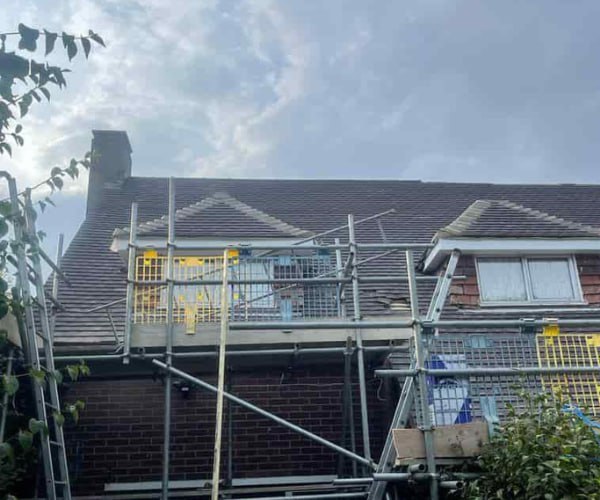Common Causes of Lead Flashing Damage: How to Prevent Future Issues
Introduction: Lead flashing is a vital component of your roofing system, providing protection against water infiltration and ensuring the integrity of your roof. However, it is susceptible to damage due to various factors. Understanding the common causes of lead flashing damage is essential to prevent future issues and prolong the lifespan of your roof. In this blog post, BMT Roofing Wollaston will explore these causes and provide valuable insights on preventing damage to your lead flashing.
- Weather Exposure: One of the primary causes of lead flashing damage is prolonged exposure to harsh weather conditions. Extreme temperatures, intense sunlight, heavy rain, snow, and hail can degrade the lead over time. To prevent damage, ensure that your lead flashing is properly installed and adequately sealed to withstand the elements. Regular inspections and maintenance will help identify any issues early on and allow for timely repairs.
- Thermal Expansion and Contraction: Roofing materials, including lead flashing, expand and contract with temperature changes. Over time, this thermal movement can cause stress on the flashing, leading to cracks, splits, or detachment. To mitigate this issue, appropriate installation techniques must be used to accommodate thermal expansion and contraction. Working with a professional roofing contractor will ensure that your lead flashing is installed correctly to withstand these temperature fluctuations.
- Improper Installation: Incorrect installation practices can significantly contribute to lead flashing damage. Improperly secured flashing, inadequate sealant application, or using incompatible materials can compromise the effectiveness of the flashing. To avoid such issues, always rely on experienced roofing professionals like BMT Roofing Wollaston, who have the necessary expertise to install lead flashing correctly. This will minimise the risk of future damage and water infiltration.
- Building Settling and Movement: As a building settles or experiences structural movement over time, it can stress the lead flashing. This movement can cause the flashing to shift or become dislodged, leading to gaps and potential water entry points. Regular inspections and maintenance can help identify any issues caused by building settling and allow for timely repairs to prevent further damage.
- Mechanical Damage: Lead flashing is susceptible to mechanical damage, such as accidental impacts from falling tree limbs, debris, or improper foot traffic during maintenance. These impacts can cause dents, punctures, or dislodgment of the flashing. Exercise caution when performing any work near your roof to prevent mechanical damage, and ensure that professionals follow proper safety protocols. Regularly inspect your roof for any signs of mechanical damage and address them promptly.
- Lack of Maintenance: Neglecting regular roof maintenance can contribute to lead flashing damage over time. Failure to remove debris, clean gutters, or address any underlying issues can lead to water buildup and flashing deterioration. Implement a routine maintenance plan that includes inspections, cleaning, and repairs as needed. This proactive approach will help identify and address potential issues before they escalate.
Conclusion: Understanding the common causes of lead flashing damage is key to preventing future issues and ensuring the longevity of your roofing system. You can protect your lead flashing and extend its lifespan by taking proactive steps such as proper installation, regular inspections, addressing building settling, avoiding mechanical damage, and implementing routine maintenance. BMT Roofing Wollaston is here to assist you with professional installation, maintenance, and repairs. Contact us today to ensure the integrity and durability of your lead flashing, safeguarding your roof and preserving the value of your home.
Call us on 01933 823 289 or click here to complete our contact form and see how we can help with your roofing needs.

